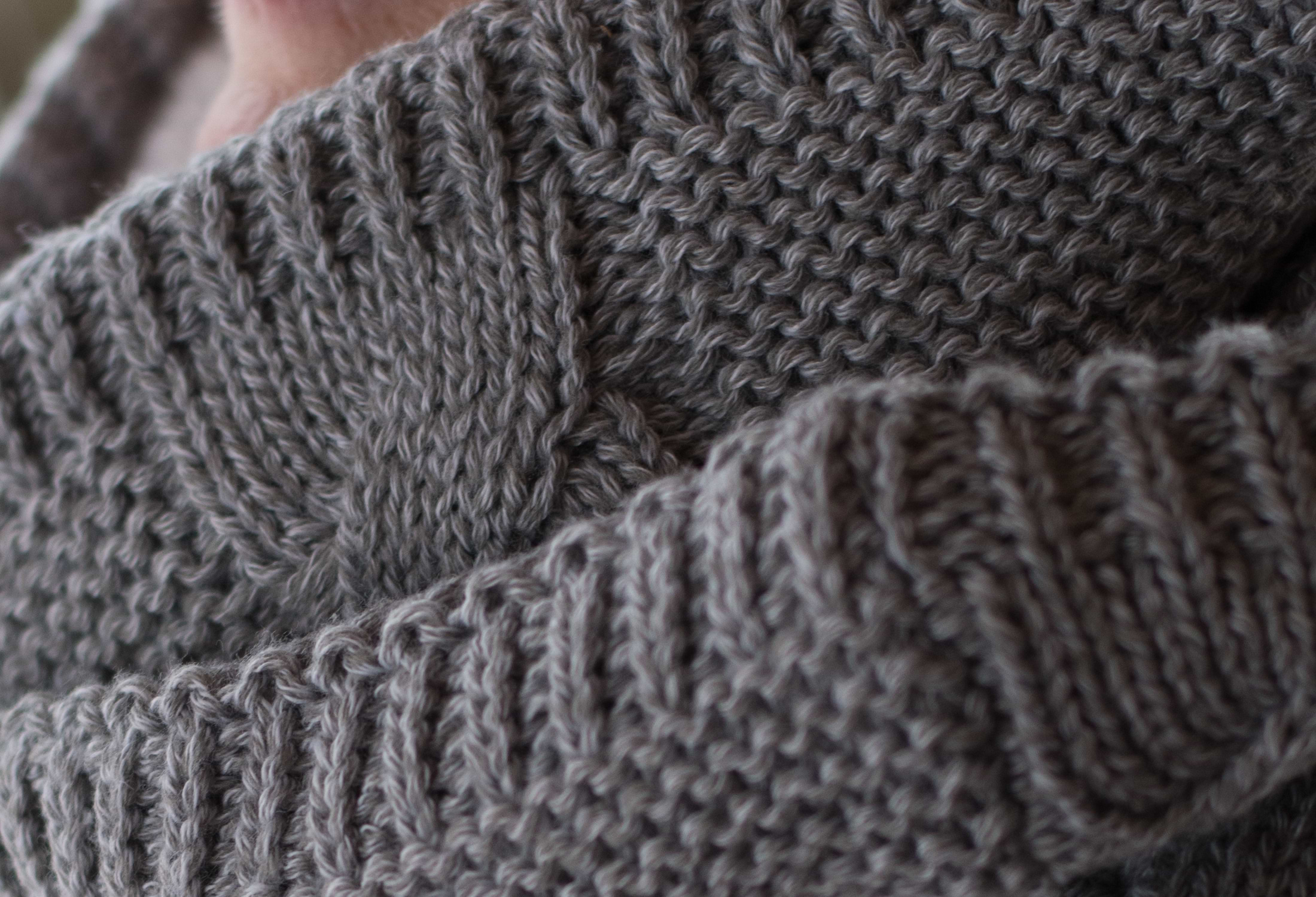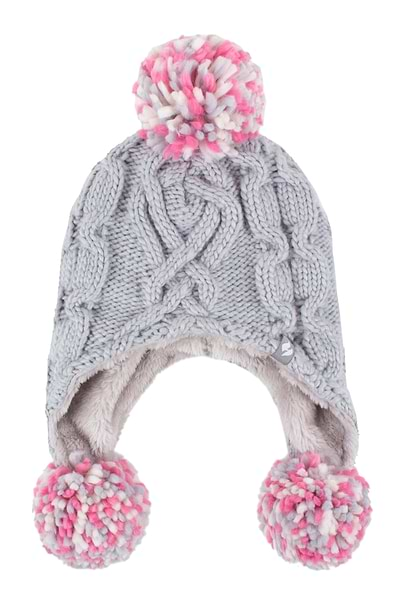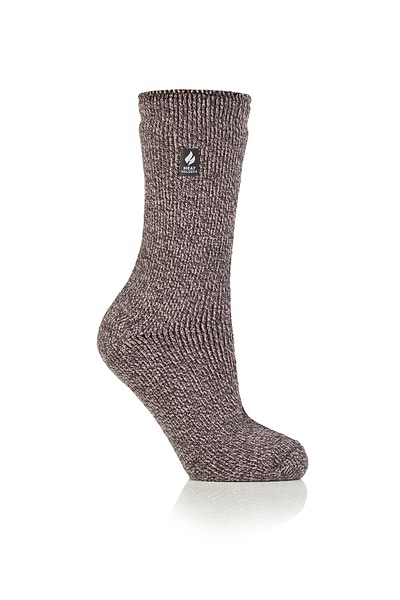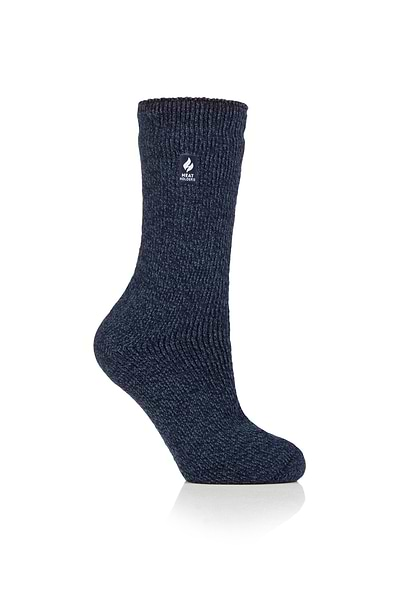The selection of fabric for winter clothing is crucial for maintaining warmth and comfort in cold weather. As temperatures drop, the right materials can make a significant difference in how well a person retains body heat.
Not all fabrics are created equal; certain characteristics differentiate them, making some more suitable for winter wear than others. Understanding these differences helps consumers make informed decisions when purchasing the best fabric for winters.
Moreover, fabric choice goes beyond mere warmth; it impacts overall performance, comfort, and even style. High-quality materials not only keep the cold at bay but also enhance the experience of outdoor activities, enabling greater mobility and breathability.
Therefore, knowing the importance of fabric can lead to better apparel choices, ensuring a snug and cozy winter experience.
The Role of Fabric in Insulation
Insulation is a critical function of the best fabric for winters. Materials serve as barriers against cold while retaining warmth generated by the body's heat. This insulation process is influenced by the fabric's structure and thickness. For instance, thicker materials generally trap more air, creating pockets that act as insulators.
Natural fibers like merino wool provide exceptional insulation due to their innate capabilities to maintain warmth even when wet. On the other hand, synthetic fabrics have evolved through advanced technology to provide similar insulation features. Understanding how insulation works in different fabrics can help in selecting the right type of winter clothing that keeps individuals warm and comfortable.
Additionally, many modern winter garments incorporate innovative insulation technologies, such as moisture-wicking properties and thermal reflective linings, which further enhance their performance in harsh weather conditions. These advancements ensure that wearers can enjoy outdoor activities without the worry of becoming chilled or damp.
How Fabric Affects Comfort and Mobility in Cold Weather
Comfort is paramount when choosing the best fabric for winter. The right winter fabric should offer a balance between warmth and breathability, allowing moisture to escape while still insulating against the cold. Fabrics that are too heavy or restrictive can impede movement, making outdoor activities less enjoyable.
Additionally, fabrics that are soft and flexible help enhance comfort, enabling wearers to engage in their favorite winter sports or casual outings without feeling constricted. Fabrics like fleece and softshell materials are often favored for their stretchability and lightweight properties, making them ideal for layering. Moreover, the choice of fabric can also affect how well clothing fits and conforms to the body, which is essential for maintaining warmth.
A snug fit can prevent cold air from seeping in, while also ensuring that the insulation material can perform effectively. Ultimately, when selecting winter attire, one must consider a fabric's ability to facilitate ease of movement while providing thermal protection. This careful consideration can significantly enhance the overall winter experience, allowing individuals to fully embrace the season's activities without discomfort.
Key Features of Ideal Winter Fabrics
When selecting the best fabric for winter clothing, several key features should be evaluated. These features not only contribute to warmth but also to the overall comfort and usability of winter gear.
Breathability and Moisture Wicking
Breathability is a vital factor in winter fabrics, impacting how body moisture is managed. Fabrics that wick moisture away from the skin help keep the wearer dry, reducing the risk of chills. Synthetic materials such as polyester and nylon often excel in moisture management, making them ideal for active use during the winter.
Natural fibers, while inherently less effective in moisture-wicking, can still offer decent breathability. For example, merino wool is known for its ability to wick moisture and dry quickly, thus providing a comfortable experience even in fluctuating temperatures. Additionally, blends of natural and synthetic fibers can enhance the overall performance of winter clothing, combining the best of both worlds for optimal comfort and functionality.
Durability and Maintenance
Durability is essential for winter clothing, as it must withstand cold, harsh conditions. Fabrics like nylon and polyester are extremely resilient and tend to resist wear and tear, making them often preferable for outer layers exposed to the elements.
Moreover, ease of maintenance is another important consideration. The best fabrics for winters need to be machine washable and quick-drying to save time and effort, allowing for more convenience during a busy winter season.
Understanding the maintenance needs of a fabric can lead to better long-term investments in winter clothing. For instance, some fabrics may require special detergents or care instructions to maintain their properties, so being informed can prevent premature wear and extend the lifespan of your winter wardrobe.
Warmth and Insulation
As previously mentioned, warmth is a non-negotiable feature in the best fabrics for winter. Insulation can vastly differ between materials, requiring careful consideration of one's specific needs. For instance, down coats provide exceptional warmth for extreme cold, while fleece offers a lighter, yet still warm, alternative.
The thermal performance of a fabric should closely align with its intended use—whether for daily wear, heavy outdoor activities, or upscale winter fashion. Understanding the insulation properties in context to the use case can help determine the most suitable options.
Additionally, advancements in technology have led to the development of innovative insulation materials, such as synthetic down, which mimic the warmth of traditional down while offering water resistance and easier maintenance.
This evolution in fabric technology means that consumers now have a wider range of choices to meet their specific winter needs, ensuring that they can stay warm without compromising on style or performance.

Top Fabrics for Winter Clothing
A plethora of fabrics can be utilized to create effective winter clothing. Each of these materials has distinct advantages, making them popular choices for best fabric for winters among consumers.
Wool and Its Benefits
Wool, particularly from Merino sheep, is favored for its thermal qualities, moisture-wicking ability, and natural elasticity. This fabric retains heat effectively and can still insulate even when damp, making it an excellent choice for unpredictable weather conditions.
Another benefit of wool is its natural odor resistance, reducing the need for frequent washing. This quality allows for extended wear in various outdoor activities, beneficial for hikers and nature enthusiasts.
Additionally, wool is a renewable resource, as sheep produce new fleece every year, making it an environmentally friendly choice for conscientious consumers. The natural crimp in wool fibers also helps to trap air, enhancing insulation and providing a cozy feel against the skin.
The Versatility of Fleece
Fleece is another popular option for winter clothing due to its softness, lightweight nature, and warmth. Made from synthetic fibers, fleece is known for good insulation while remaining breathable, making it ideal for various winter activities. Its versatility comes from being easily combined with other fabrics for layering.
Furthermore, fleece is also easy to care for, allowing for machine wash and quick drying. This convenience reinforces its status as the best fabric for winters for many consumers during the colder months. The fabric also comes in a variety of thicknesses and textures, from microfleece to heavier options, catering to different preferences and activities. Whether you're looking for a lightweight fleece for a brisk walk or a thicker version for skiing, there's a fleece option to suit every winter adventure.
Synthetic vs Natural Fabrics for Winter Wear

Choosing the right fabric type – synthetic vs. natural – is a common dilemma for consumers. Both categories come with their distinct pros and cons, influencing their performance in winter conditions.
Pros and Cons of Synthetic Materials
Synthetic materials, such as polyester and nylon, provide numerous advantages. They are often lightweight, highly breathable, and moisture-wicking, making them suitable for active winter sports.
Additionally, they tend to dry quickly and are often more resistant to wear and tear, ensuring longevity. However, synthetic materials can have downsides.
They may sacrifice warmth when it comes to thicker insulation, and their manufacturing processes typically have larger environmental impacts compared to natural fabrics. Thus, environmental concerns may play a role in one's decision-making.
Advantages and Disadvantages of Natural Materials
Natural materials like wool, cotton, and down are deeply appreciated for their insulating properties and comfort. They provide warmth and can be more breathable than some synthetics, promoting excellent moisture management. Natural fabrics are also often more durable in terms of style and elegance, making them appealing for formal winter wear.
Nonetheless, natural materials have their drawbacks, typically requiring more careful maintenance. They may not always offer the same longevity as synthetic options in extreme conditions and can take longer to dry when wet. Understanding these differences helps consumers align fabric choices with their lifestyle needs.
Essential Winter Clothing Items and Their Ideal Fabrics
When assembling an effective winter wardrobe, it's essential to consider specific clothing items and their ideal fabrics. Below are common winter wear items accompanied by the best fabrics for winter for each.
Best Fabrics for Winter Coats
Winter coats are the backbone of any cold-weather wardrobe, requiring materials that offer warmth and protection. Common choices include:
-
Wool: For warmth and durability.
-
Down: For extreme insulation.
-
Water-resistant synthetics: For active outdoor wear and protection against the elements.
Each of these fabrics serves a unique purpose, allowing for diverse stylistic and functional options in outerwear.
Ideal Materials for Winter Accessories
Accessories such as hats, gloves, and scarves also require thoughtful fabric choices to ensure warmth and comfort. For example:
-
Synthetics: Ideal for gloves and lined beanies, offering lightweight insulation and durability.
-
Merino wool: Perfect for hats, gloves, and socks, providing moisture-wicking properties and natural odor resistance.
These fabrics enhance both functionality and style, making them versatile options for a variety of winter outfits.
Heat Holders® for the Warmest Materials
Whether you prefer the natural warmth of merino wool and down or the advanced insulation of synthetic fibers, Heat Holders® has the ideal options for your needs. Each fabric is crafted to deliver unmatched practicality, comfort, and style, so you never have to compromise.
Explore our collection now!














